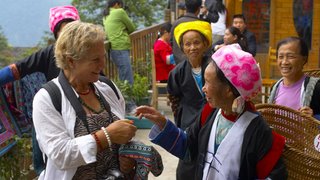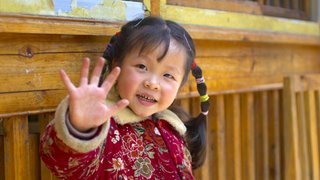The key to great holiday photos to enjoy the experience and let the photo reflect the moments, people and places that made your travels so memorable. Here are five basic tips to help you return home with photos that show everyone else what a great time you had.

- Get closer – To some people this is obvious and to others it’s the exact opposite of what they expect. A wide angle lens will allow you to get up-close and involved in any scene, while bringing in details and context from all around you. The best travel cameras have 24mm wide angle, and if you own an SLR or Digital SLR then you can go even wider.
- Know your subject – Don’t be one of those tourists who jump of the bus and start snapping at anything that doesn’t move. Let the beauty of the scene capture you before you capture it. The insight you gain into the people and history of a place will become your primary focus in the photos. Your main objective with the camera is to reveal the charms of your subject.
- People are special – Photos of people you meet on your travels will your memories more vivid, because it is the people that make places different. Many scene are enhanced with the artful presence of local people or happy travellers. But, never take someone’s photo without asking them first. Language is no barrier to getting permission; just hold up the camera and smile and wait for them to smile back.
- Little things matter – even the simplest of cameras these days has a macro function, usually a button with a flower on it. This is worth some experimentation before your next holiday, as close up photos of craftwork, produce or wildlife can enhance your collection and really bring home the colour of a destination.
- Tell a story – the difference between a good photo and great photo is context. A picture can tell a thousand words, so let your camera do the talking. A wide angle lens makes this task easier too, by including more of the background even when you fill half the frame with your main subject. A photo of a cow can be interesting, but a cow walking down an alley-way shopping for a T-shirt is even better!


